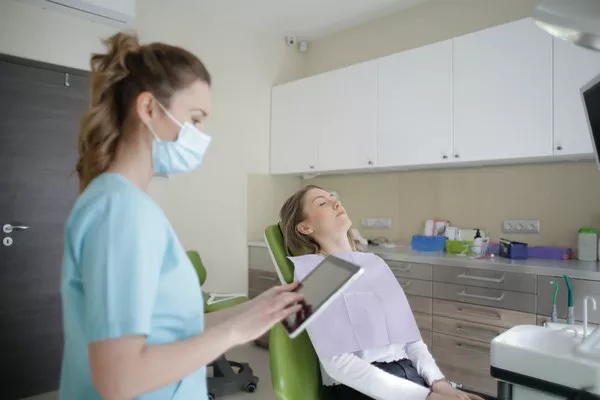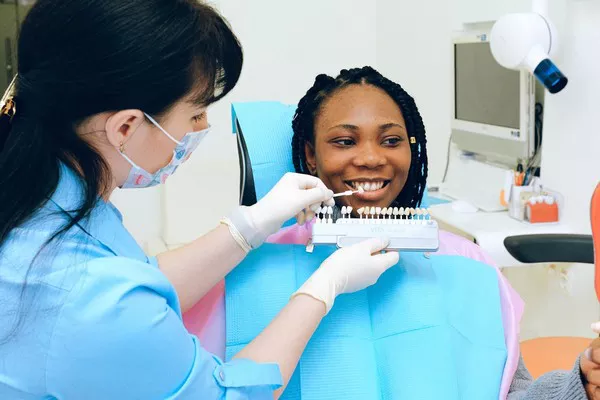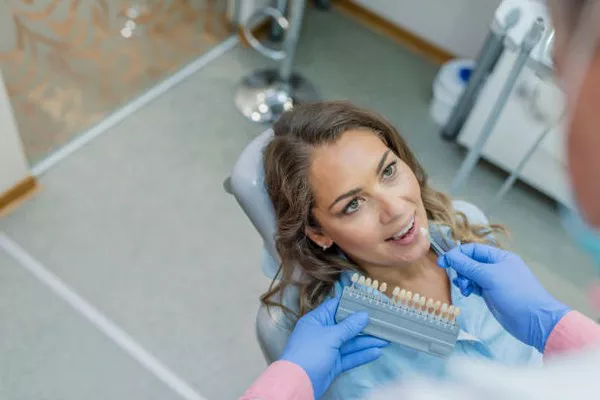Acknowledge and Normalize the Concern
Experiencing
can be disheartening, but it’s important to recognize that this is a common occurrence. Teeth naturally re-stain over time due to various factors, and understanding these reasons can provide reassurance that it’s not necessarily a failure of the whitening treatment.
Comprehensive Explanation of the Causes
Enamel Rehydration: During the whitening process, enamel becomes dehydrated, temporarily reducing its ability to hold stains. As the enamel rehydrates in the days following treatment, it can trap staining particles more easily, leading to perceived yellowing.
Dentin Translucency: Whitening treatments primarily target the outer layer of enamel. As this layer becomes whiter, the underlying dentin, which is naturally yellowish, becomes more visible, giving the teeth a yellowish appearance.
External Staining: Lifestyle choices such as consuming coffee, tea, red wine, or smoking can contribute to staining. Poor oral hygiene also allows plaque and tartar to build up, which can discolor teeth over time.
Individual Factors: Each person’s tooth structure, enamel thickness, and overall oral health play a role in how quickly teeth re-stain after whitening.
Practical Solutions and Preventive Measures
Dietary Modifications: Limiting consumption of staining foods and beverages, using a straw to minimize contact with teeth, and brushing soon after consuming them can help prevent re-staining.
Oral Hygiene Habits: Maintaining diligent brushing and flossing habits removes surface stains and prevents plaque buildup that can lead to discoloration.
Professional Maintenance: Regular dental cleanings and occasional professional whitening touch-ups can help maintain a bright smile over time.
Whitening Toothpastes: While not a substitute for professional treatments, using whitening toothpastes can help minimize surface stains and maintain whitened teeth.
Lifestyle Changes: Encouraging cessation of smoking not only improves overall health but also prevents yellowing of teeth caused by tobacco use.
See Also: What Does An Orthodontist Offer Besides Braces
Additional Tips for Long-Term Success
Use a Straw for Colored Drinks: Minimize direct contact of staining beverages with teeth.
Drink Plenty of Water: Water helps rinse away staining particles and promotes saliva production, which naturally cleanses teeth.
Choose Tooth-Friendly Snacks: Opt for crunchy fruits and vegetables, which can naturally scrub teeth while being eaten.
Address Potential Concerns
“Is my whitening treatment ineffective?” Yellowing after whitening does not necessarily mean the treatment failed. It may indicate that a touch-up is needed to maintain results.
“What can I do if my teeth are already yellow?” Professional cleaning or over-the-counter whitening products can help remove surface stains and restore brightness.
Conclusion
Yellowing of teeth after whitening is a common occurrence influenced by enamel rehydration, dentin translucency, lifestyle factors, and individual oral health. By implementing preventive measures such as dietary modifications, proper oral hygiene, and professional maintenance, individuals can prolong the results of their whitening treatments and maintain a brighter smile. For those experiencing yellowing, understanding the causes and exploring appropriate solutions can help restore confidence and oral health.
For further guidance tailored to your specific situation, consult with your dentist who can provide personalized advice and recommend suitable treatments to achieve and maintain a bright, healthy smile.
You Might Be Interested In




























